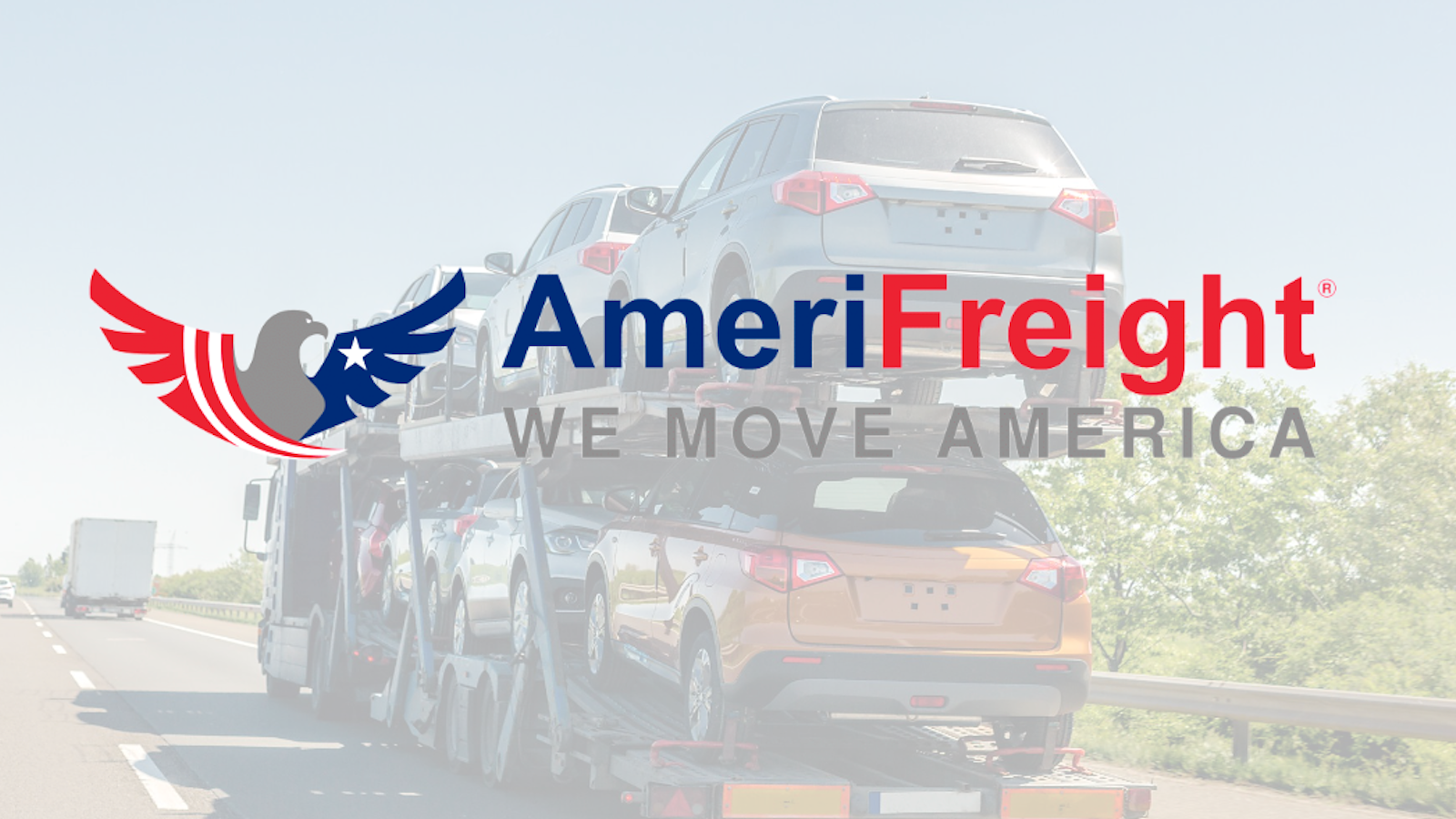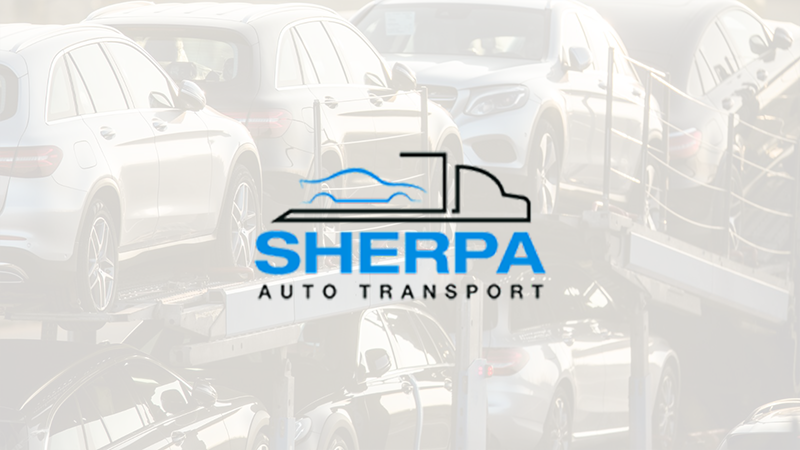Snowbird’s Guide To Car Shipping
What is a Snowbird?
A snowbird is a retiree who resides for the warm months in one of America’s northern states and then travels to a southern state in the fall to enjoy the winter and early spring in a warmer climate. Snowbird's begin migrating from the New England states, the Midwest, and the Northwest, heading to Arizona, the Gulf states, and of course, the two coasts of Florida.
Snowbirds typically have a set plan to visit the same destination each year. For instance, sometimes they travel to a second home they own or rent in the southern states every winter. This repeated yearly schedule makes planning easy, but deciding whether to drive one or more vehicles down south is always a big consideration. While some snowbirds make the drive, it is common for snowbirds to fly and move a car or cars down using a trusted auto shipping company.
Popular Shipping Companies
Car Talk’s Snowbird Expert
Car Talk’s network of contributors includes Jane Walsh, a snowbird who has been migrating from the Boston area to Southwest Florida for two decades. We asked Jane for input on this story, and she was happy to help. “We quit driving back and forth after it became too much for us,” Jane said. “I was always nervous because my husband wanted to make good time and drive fast. On our last drive, we got a ticket for going ten miles per hour over the limit, costing us thousands in insurance surcharges.”
Jane also explained that the ride down felt dangerous. “Part of our driving was always at night to avoid rush hour traffic, and the rest areas were scary.” She added, “We stressed out over parking at the hotels overnight because a few of our friends had their cars broken into during the journey down.”
What is Snowbird Season?
Snowbird season in America starts in the fall, around mid-October, and is generally complete after Thanksgiving. The spring can have a bit more of a spread to the migration, but May is the end of the return migration for most retirees heading back to their home base to be closer to friends and family for the warm months.
What Makes This Year Different For Snowbirds?
It is an unusual period for retirees headed to warmer climates for the winter. Dramatic shortages in rental vehicles and dealer markups on new vehicles for purchase mean it makes a lot more sense to ship a car to your winter retreat than to get one to use while there. Recent flooding also casts doubt about the pedigree of any used car since it can be tricky to know which are flood damaged. Finally, inflation is out of control, and prices for cars may seem much higher than in past years because of the dropping value of the dollar.
What are Popular Snowbird Routes?
Car Talk spoke to some of America’s top shipping companies to find out what routes snowbirds most commonly take on their annual migrations. Montway Auto Transport has found that its popular auto transport snowbird routes are from the New England and New York areas heading to Florida via I-95. In addition, some snowbirds’ cars depart Seattle, WA and head down through California to Arizona via I-5. Departing Chicago heading down to Texas or Florida is the final common snowbird route, though retirees from all across America make their way down in the fall from cities too numerous to list.
Are Snowbird Routes Offered Round Trip?
According to Katharine Ostrow, Director of Business Operations of Sherpa Auto Transport, snowbirds who want the best prices and who want to save time should consider round-trip booking. Many snowbird customers book round-trip, and they save money by doing so. “With Sherpa's Price Lock Promise, the total amount given is the price the customer will pay, so they are never subjected to bait-and-switch pricing,” said Katharine.
Car Talk suggests that customers who plan to make a round-trip booking check closely to understand how the trip six months away can be impacted by changes in fuel prices and inflation. Ask if the price is set, like with Sherpa, or just an estimate.
How Much Does Snowbird Car Shipping Cost?
Car shipping prices vary based on a long list of factors. We spoke to Jane Walsh, our snowbird expert resource, for some insight on this subject. “We asked friends who they used and didn’t just pick the company with the best price, although that was an important consideration," she said. “We have used the same company multiple times, and the cost does change based on gas prices and other factors from year to year.”
Jane told Car Talk that she is paying $1,234 to ship her car from the Boston area to the Naples, Florida area using Auto Drive Away and that it cost $1,110 last year. “With inflation running at 9%, we felt this was a fair price increase,” Jane said. She added, “We always book a couple of months ahead and we bring the car to a drop-off place right on Rt. 95 near our house that the shipper suggested.”
Car Shipping Snowbird Quotes
| Company Review | Boston to Tampa, FL | NYC to Miam,FL | Seatlle to Phoenix,AZ | Chicago to Galveston,TX | Get Quote |
|---|
*Price examples shown are estimates based on a 2018 Honda CR-V shipped on an open truck. Contact your shipper for prices and conditions.
How Can You Save Money On Snowbird Shipping?
Katharine Ostrow of Sherpa Auto Transport offered this punch list of ways that snowbirds can save on shipping:
- Be flexible with your pick-up and delivery window.
- Plan your car drop off and pick up to occur in a place easy for truckers.
- Book ahead, as far in advance as practical.
- Book a round-trip shipment, if you can.
- If you have a mainstream car, use an open truck, not an enclosed one.
- If your car is an exotic car or classic, do the opposite. Ship it in an enclosed truck.
- If you own multiple cars, ship the smallest of them.
Katharine explained that planning and flexibility save money. “Work with your shipping company, and ask questions,” she said. “If you can offer a week-long window for pick up, do so.” If you can find a parking lot near a highway exit, it will help save time and money for the trucker which can be passed along. Katherine also told us that some areas popular with snowbirds might require extra flexibility for the best pricing. “Snowbirds on Long Island, New York, and remote islands in the Pacific Northwest, in particular, should consider a drop off on a major highway route.” Katherine pointed out that it can take truckers a good part of a day to head to Long Island and that a pick-up in nearby New Jersey might mean substantial savings.
Sherpa has found more and more of its snowbird customers booking round-trip and saving money. “Since snowbirds know they will be making the trip and when, booking in advance and booking round-trip will have the largest impact on prices,” said Katharine of Sherpa.
What Should Snowbirds Do to Plan and Prepare?
Consider having your vehicle serviced before you leave and getting a state inspection sticker if it is scheduled to expire while you are away. If your car’s battery is questionable, change it before the trip. Your car may sit for a week or more without running and needs to start up when it comes off the truck. Shipping via an open truck always makes your car dirty. Plan on having your local car wash or detailer give it the full whammy clean up upon arrival. Take pictures and inspect for damages before and after shipping. When your car arrives at its destination, inspect it for damage before the trucker leaves. Document any concerns. Once home, check your tire pressure. Temperature changes will alter your tire’s pressure.
Is Snowbird Shipping Better Than Driving?
Snowbird Jane’s advice is to quit driving once it becomes too difficult. “The traffic is part of why we switched to shipping. During our last drive to Florida, we ran into an hours-long highway closure at night just before we got to our hotel exit.”
There are other considerations as well. With vehicles and parts in such short supply, it is increasingly difficult and expensive for snowbirds to keep cars in both locations. Weather is also a factor. Hurricanes, flooding, and hail are all risks to a car left in a southern coastal area over the summer months.
Snowbird Auto Shipping Advice and Tips
Although price is always a top consideration, snowbirds should shop for a shipping company that has a good reputation. Car Talk has thorough ratings for each of the top auto shipping companies in America. In addition, know how the insurance offerings works. If you have any doubts, call your agent.
Different shippers have different rules about how much and what type of stuff you can put in the car. Ask your shipper about what you can and cannot pack into the car and how much gas it should have.
Read more on the topic of Car Shipping here.
Read more on Expert Tips to Save Money on Car Shipping here.
























